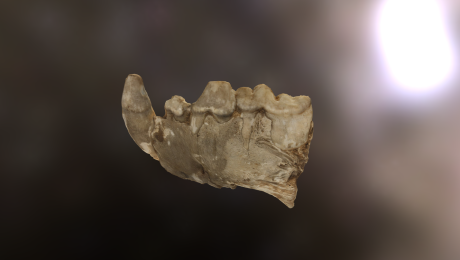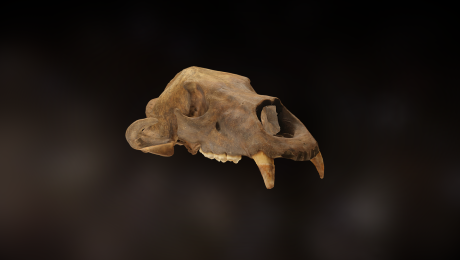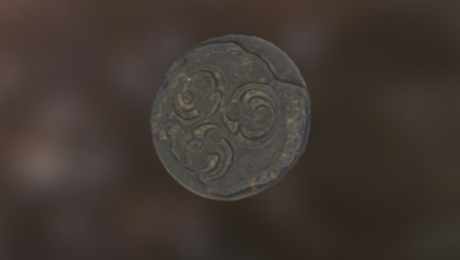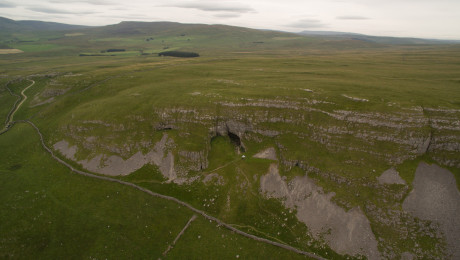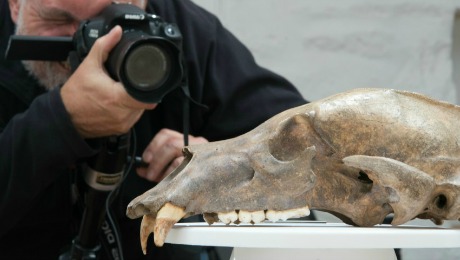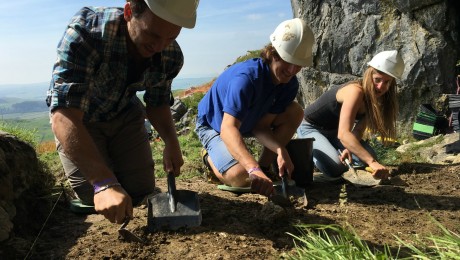The Yorkshire Dales is an archaeologically rich landscape, studded with Roman military camps, Iron Age enclosures and Neolithic and Bronze Age burial mounds. But it also has a fascinating secret…
The Yorkshire Dales National Park is also home to half of all the known caves in Great Britain. Inside these caves is the remarkable evidence of a time when elephant, rhinoceros and hippopotamus roamed the Yorkshire Dales; when it was pristine wilderness, full of predators and their prey.
Cave archaeology in the Yorkshire Dales
Over the last 2.5 million years, Ice Ages have come and gone. Each time the huge glaciers slid down the Yorkshire valleys we walk through today, they scoured their surfaces clean, removing all evidence of the animals and humans that had populated these landscapes.
But not everything from before the end of the last Ice Age was lost. The distinctive caves of Yorkshire’s limestone uplands are like time capsules, capturing and preserving sediments that we can use to reconstruct these long-lost landscapes. Inside them, there is also a wealth of archaeology, which is being pieced together to tell a story of staggeringly rich ecosystems, now-extinct animal species, and the Ice Age hunter-gatherers who once thrived in the Yorkshire Dales.
Victoria Cave is unique
Of all of Yorkshire’s subterranean sites, Victoria Cave is unique. First discovered in 1837 by two friends and their dog, its deposits are now known to span 600,000 years and include evidence of the last four times northern England was covered in glaciers, as well as evidence of what happened during the six warm (inter-glacial) periods in between.
Excavations at Victoria Cave have produced a collection of over 3,000 artefacts, including the remains of top Ice Age predators, long-extinct mega-fauna and even of the first humans to arrive in northern Britain after the last glaciers retreated nearly 15,000 years ago.
Read more: Key dates in the story of Victoria Cave
This incredible collection of artefacts, which is now spread across many different museums and private collections, helped Victorian scientists make a breakthrough in their understanding of the climate, of the Ice Age, and of how the skeletons of hyena, hippo and rhino came to rest in Yorkshire’s caves.
But that’s not all. Archaeologists have also found unique evidence that thousands of years later, Victoria Cave came back into use, this time as the home of a Romano-British cave cult.
Let’s explore the archaeology together
Under the Uplands is a joint effort by archaeologists, cavers and members of the public to bring the Victoria Cave collection into the public domain, to continue the search for more evidence in nearby caves, and to increase accessibility to the landscape and its material culture through digitisation of the archaeological record.
You can now visit the Virtual Museum, explore the landscape, relive the excavation at neighbouring Ben Scar Cave, find out what to do if you find something in a nearby cave, and even how to make your own virtual artefacts!
